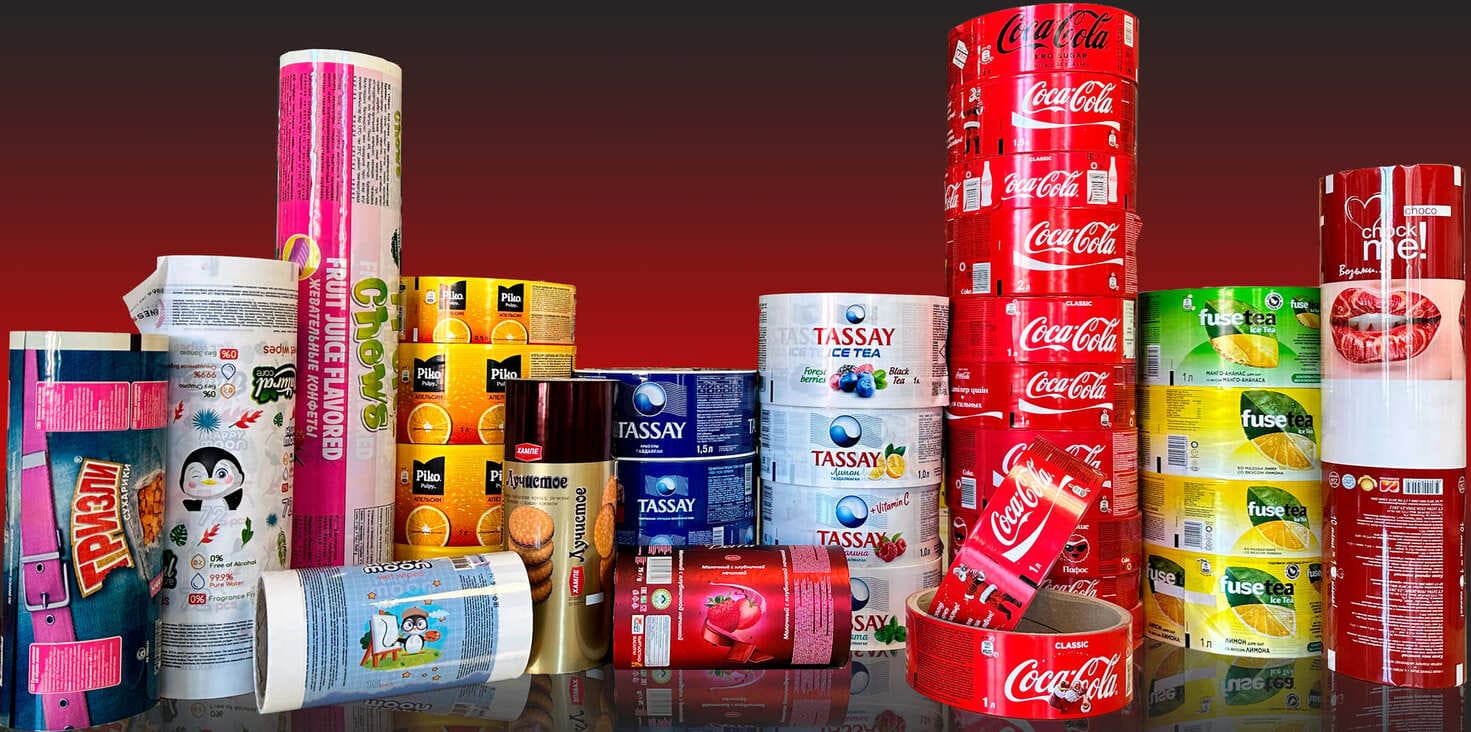In the world of packaging, ensuring the safety and quality of food products is paramount. One key aspect that has gained significant attention is the ink migration from packaging materials into food. This issue not only affects the safety of the food but also its quality and shelf life. To address this, various analytical methods for ink migration have been developed to assess and control the migration levels. Understanding these methods is crucial for manufacturers, regulators, and consumers alike.

Understanding Ink Migration
Ink migration refers to the transfer of ink components from the packaging material into the food product. This can occur during storage, transportation, or even when the packaging comes into contact with the food. The extent of migration depends on several factors, including the type of ink used, the packaging material, and the storage conditions.
Factors Influencing Ink Migration
The extent to which ink migrates into food is influenced by various factors:
- Type of Ink: Different inks have varying chemical compositions, influencing their potential to migrate.
- Packaging Material: Materials such as plastic, paper, or metal interact differently with inks, affecting migration rates.
- Storage Conditions: Temperature, humidity, and time play a role in the migration process.
Importance of Analytical Methods
To ensure food safety, it is essential to employ reliable analytical methods for ink migration. These methods help in detecting and quantifying the amount of ink that has migrated into the food, ensuring that it remains within safe limits.
Gas Chromatography-Mass Spectrometry (GC-MS)
GC-MS is a widely used method for analyzing volatile organic compounds in ink. It provides detailed information about the chemical composition of the ink and helps in identifying potential migrants.
High-Performance Liquid Chromatography (HPLC)
HPLC is another analytical method used to separate, identify, and quantify components in a mixture. It is particularly effective for analyzing non-volatile compounds in inks.
Fourier Transform Infrared Spectroscopy (FTIR)
FTIR is used to obtain an infrared spectrum of absorption or emission of a solid, liquid, or gas. It helps in identifying organic and inorganic substances in inks.
Ensuring Safety Through Testing
Regular testing using these analytical methods is essential to ensure that the inks used in packaging materials do not pose any health risks. Manufacturers must adhere to regulatory standards and conduct thorough testing to prevent harmful migration.
Regulatory Standards
Various regulatory bodies have set standards for ink migration in packaging. Compliance with these standards is crucial for ensuring consumer safety.
Case Studies
Several case studies have demonstrated the effectiveness of these analytical methods in ensuring the safety and quality of food packaging. For instance, studies on migration-safe inks have shown significant improvements in reducing ink migration.
Technological Advancements
With advancements in technology, new analytical methods are being developed to enhance the accuracy and efficiency of ink migration testing.
Emerging Technologies
Technologies such as nano-sensors and advanced spectroscopy are being explored to provide more precise and reliable results.
Future Trends
The future of ink migration analysis lies in the integration of artificial intelligence and machine learning, which can predict migration patterns and provide real-time data analysis.
Conclusion
The safety of food packaging is a critical concern, and understanding the analytical methods for ink migration is essential for ensuring consumer safety. By employing advanced testing methods and adhering to regulatory standards, manufacturers can minimize the risks associated with ink migration.

FAQs
What is ink migration?
Ink migration refers to the transfer of ink components from packaging materials into food products.
Why is ink migration a concern?
Ink migration can affect the safety, quality, and shelf life of food products, posing potential health risks to consumers.
How can ink migration be prevented?
Ink migration can be minimized by using safe inks, selecting appropriate packaging materials, and conducting regular testing using analytical methods.
For more information on safe inks for food packaging, you can visit edible ink safety.
This article contains affiliate links. We may earn a commission at no extra cost to you.






